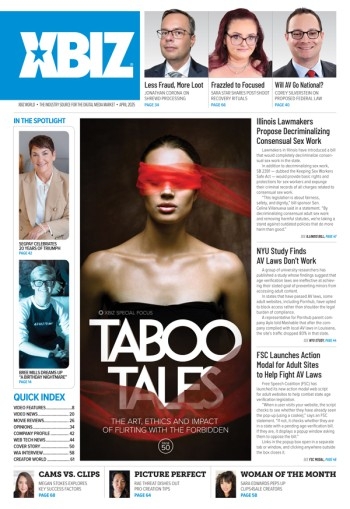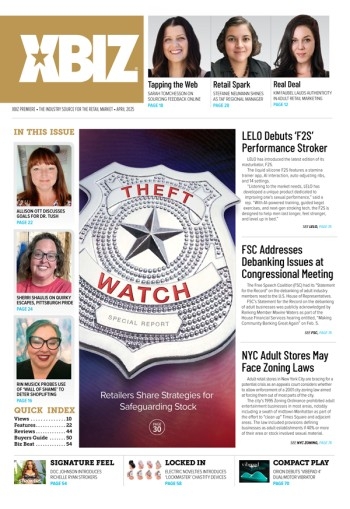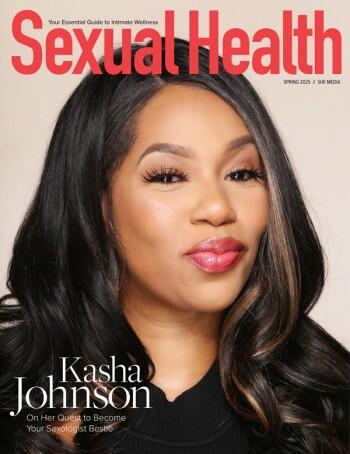You’d have to have your head in the clouds not to notice that inclusivity is the new diversity in business. And that’s a great thing — not only for the affected communities, but also for profitability. Diversity pushes in the last few years have forced business owners, managers and everyone in a position of authority to really examine what their teams look like, what voices are being prioritized or overlooked, and why.
Now with inclusion, we’re all examining our company culture, and analyzing whether our status quo is going to help the diverse team we’ve created thrive and bring both success and profit to the business. And if not, what can we do about it? In a nutshell, if diversity is the “who,” inclusion is the “how” — how to be inclusive the right way. (And yes, there is a wrong way!)
Inclusivity is taking the diverse mix of people you have working for you, and making sure that mix works for everyone, no exceptions.
And if you’re still asking “why?”... read on.
What is ‘inclusivity’?
Simply put, inclusivity is taking the diverse mix of people you have working for you, and making sure that mix works for everyone, no exceptions. No matter how diverse your team is, without inclusion, some vital voices (and their ideas) will still be overlooked and unheard and you will not get close to the holy grail — diversity of thought. A study by Deloitte showed that diversity of thought can enhance innovation by 20 percent (and reduce risk by 30 percent) and it makes sense — a person’s disability, or parental responsibilities that make flexibility their only option, or post-illness return, will have absolutely nothing to do with what they can contribute. If inclusivity isn’t applied to make sure the entire talent pool can be accommodated, there is no doubt that your business will suffer by missing out on that 20 percent, aka their creativity and innovation.
As COO and co-founder, I believe it’s absolutely vital to think about inclusivity from the top down. The last thing we wanted to do was do an inclusivity push at the beginning, and then backslide into business as usual. Consider Quantas Airlines, who lost AUD $2.8 billion in 2013. By 2017, they were reporting profits of AUD $850 million and had won numerous awards for trustability. How? CEO Alan Joyce believes it’s the inclusive culture they’d cultivated at Quantas that “got us through the tough times . . . diversity generated better strategy, better risk management, better debates, [and] better outcomes.” (And yes, Quantas just reported pretty bad losses for 2020, but that’s definitely down to the pandemic!)
The fact is, it’s not just my responsibility to staff and customers to make inclusivity the norm, and set the example for everyone to follow at Hot Octopuss — it’s my fiscal responsibility to our bottom line as well.
Get good advice — and pay for it.
You’re aiming to be inclusive in your business and that’s great. You’ll need some help, though, from the experts — those who’ve traditionally been excluded. But before you call up someone with a disability that you know, and grill them for an hour for all their years of expertise — stop!
When it comes to inclusivity, it’s absolutely right to hire a consultant from the community you want help. What is absolutely not acceptable is expecting to get their advice for free. Not only is it offensive on a personal level (they may have a lived experience that’s painful, and their expertise comes from that), it’s also absolutely not the way to do business. When you hire a specialist, you usually pay more — so why would this be any different?
If you’re developing a product to be inclusive (and this particularly applies to some of our bestselling toys for the disabled community), don’t bring in a consultant for one session. Bring them onboard as a full-time or contracted consultant, and explore whether there’s more they can do. After all, if you’re serious about change, wouldn’t you want their opinion and advice on the entire product range?
No lip service, please.
Use models of all abilities in all of your marketing. One thing you should avoid doing is using disabled models only when you’re talking about inclusivity, or promoting an inclusive, disability-friendly product. If you’re truly inclusive, it needs to cross over into all areas of your business. If you use models with disabilities only when promoting a product designed for people with disabilities, you’re just creating more “us and them” as opposed to “all of us.”
And one big push, one massive campaign, simply isn’t enough. Inclusivity can’t be a short-term plan. It’s a long-term commitment to real visibility for everyone, and needs to be included in your day-to-day marketing. Ultimately, if you pay lip service to inclusivity by cutting corners and not taking it as seriously as any other business plan, your brand will become known as such, and you’ll struggle finding people who want to work with you, and risk acquiring a reputation that’s the exact opposite of inclusive. And (to quote a common phrase), you may even “get cancelled.” So for no other reason than that, it’s worth doing it right.
Over the next few months, I will be writing more about how Hot Octopuss has adapted to be even more inclusive, and will be providing advice and resources for other businesses to consider, whether as manufacturers, retailers or distributors — we all have our part to play.
Julia Margo is the co-founder and COO of Hot Octopuss, which in 2013 created the world’s first “Guybrator.”








